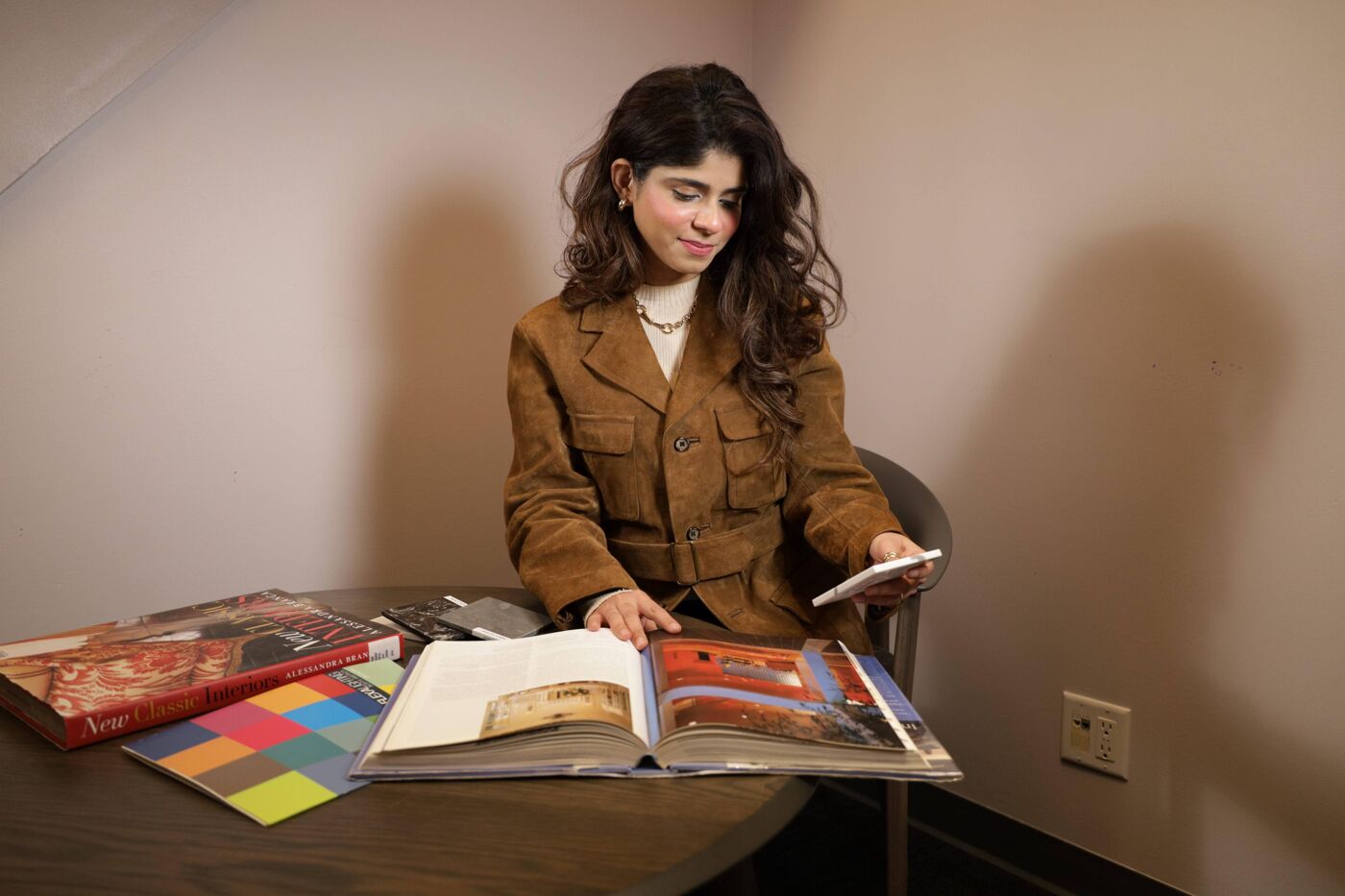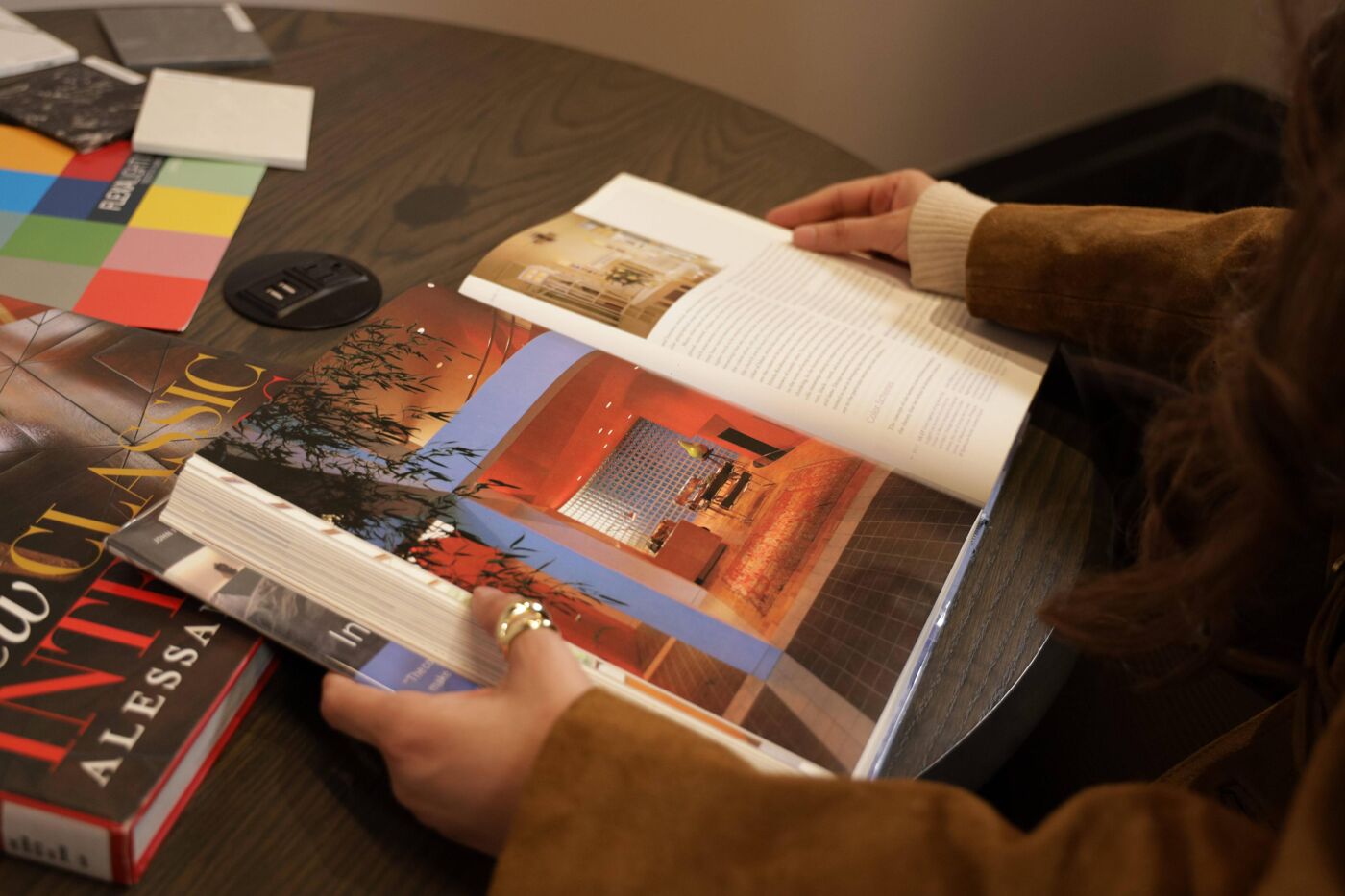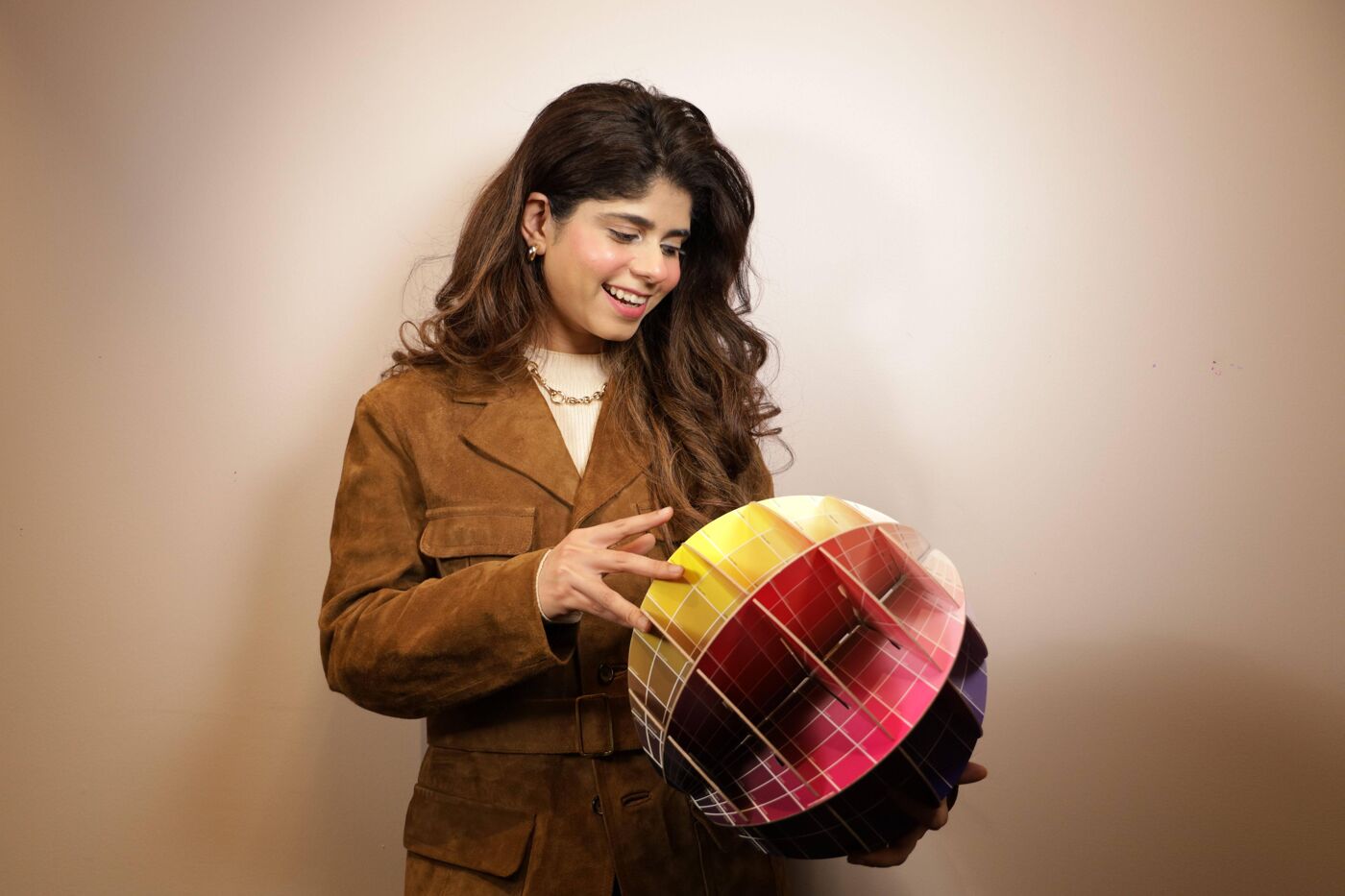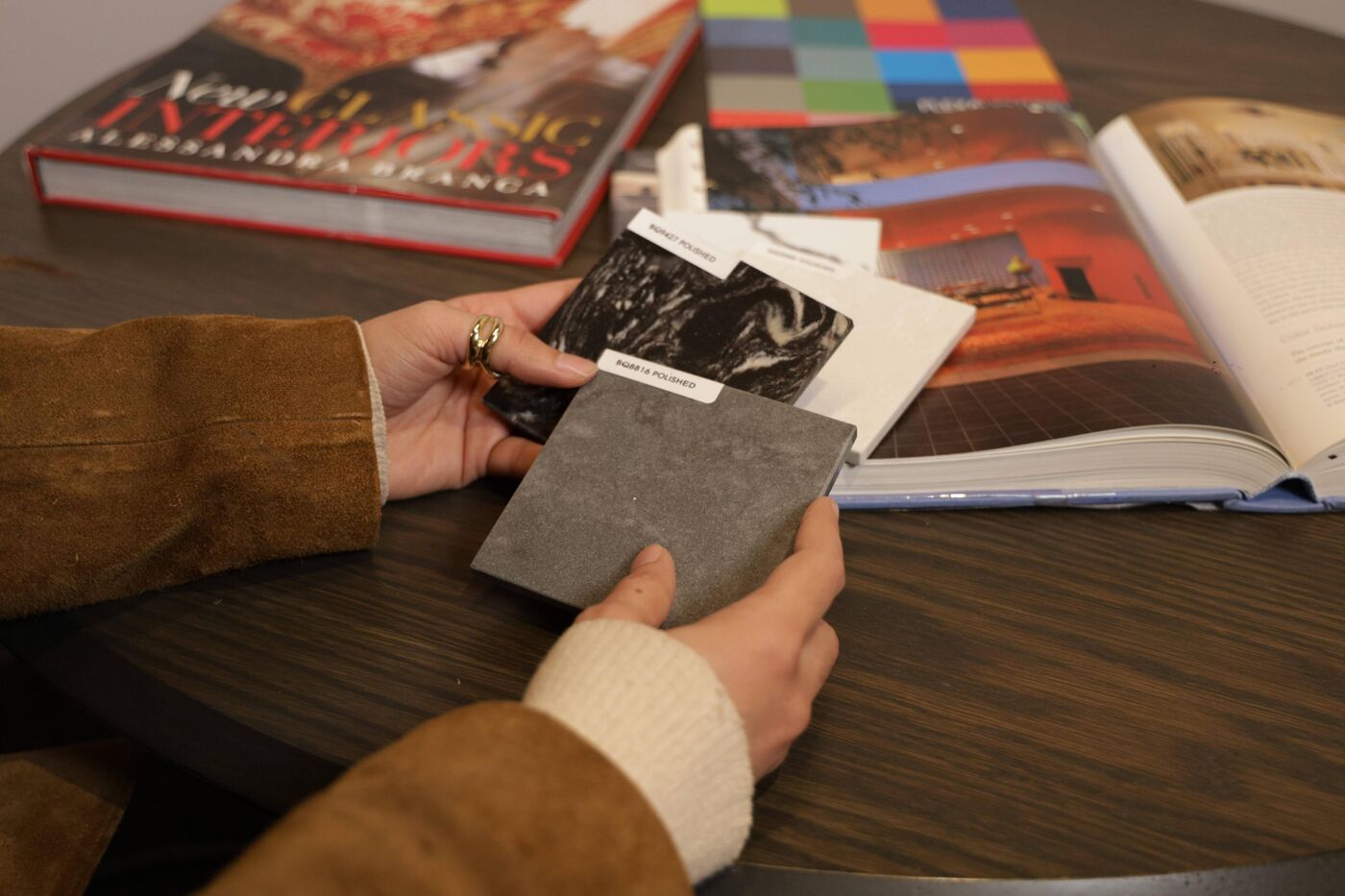Building More Than Spaces: Saiqa’s Post-Graduation Path

At LaSalle College Vancouver, we’re proud to spotlight the achievements of our graduates who are making meaningful contributions to their industries. Today, we’re excited to feature Saiqa Shaikh, a 2024 graduate of the Bachelor of Applied Design in Interior Design program, now working at Urban Design Group Architects in Vancouver.
Since graduating, Saiqa has transitioned into the professional world with confidence, contributing to large-scale architectural projects spanning over 50,000 sq. ft. In our conversation, she shares her journey from student to designer, the challenges she faced after graduation, and how her education at LaSalle College Vancouver prepared her with the skills and mindset to thrive in the field.
1. What motivated you to choose LaSalle College Vancouver for your studies?
Creativity feeds off creativity. What drew me to LaSalle wasn’t just the Interior Design program, it was the ecosystem of creativity. Being surrounded by fashion designers, graphic artists, and game creators meant that inspiration was never confined to just one discipline. Design isn’t isolated; it thrives on cross-pollination.
2. What inspired you to pursue Interior Design?
Growing up in a family of engineers and doctors, I always knew my mind worked differently. While numbers surrounded me, I found my rhythm in sketches and drawings. There was something about putting pencil to paper—about shaping ideas into forms—that made me feel alive. While my family built machines and saved lives, I wanted to build experiences—ones that people could step into, feel, and remember. Interior design became my way of engineering emotion into space.

3. What aspect of the Interior Design program at LaSalle College do you think most surprised you or exceeded your expectations?
I thought I was signing up for a design education, I didn’t realize I was also signing up for a deep dive into psychology, problem-solving, and, occasionally, crisis management. The program wasn’t just about aesthetics; it was about learning how to think like an architect, a strategist, a psychologist, and sometimes even a diplomat (because let’s be real, clients have opinions). The level of depth in design thinking at LaSalle was the real game-changer.
4. What’s one thing you wish you knew before starting the program?
That ‘simple’ is often the hardest thing to achieve. You walk in thinking design is about adding, when in reality, it’s about subtracting until only the essence remains. Also, that sleep is a luxury, AutoCAD crashes at the worst moments, and every project will take 10% more time than you planned for (minimum).
5. Where are you working now, and what’s your role?
I’m an Interior Designer at Urban Design Group Architects in downtown Vancouver. My role lets me bring my creative ideas to life while making sure they work in the real world. It’s a mix of design, problem-solving, and technical execution—figuring out how spaces can look great and function even better.

6. What’s the most exciting project you’ve worked on since graduating and what did you learn from this?
One of my most exciting projects was also one of my most challenging ones—a 50,000+ sq. ft. corporate office. The sheer scale of it was a whole new level, pushing me to refine my technical skills and think on my feet. Balancing design with functionality at that size meant solving problems in real-time, coordinating with multiple teams, and making sure every detail worked seamlessly. It was a crash course in large-scale execution, and it taught me how to handle complexity without losing sight of the bigger picture.
7. Biggest challenge transitioning from student to professional?
Deadlines are real, clients don’t want to hear about your ‘creative process’ when their budget is on the line, and collaboration is an art form all on its own. School teaches you how to design; the industry teaches you how to make design happen. The biggest challenge was shifting from ‘dreaming up ideas’ to delivering them—on time, within constraints, and with a dozen voices weighing in. But that’s also where the magic happens!

8. What skill or tool from the program do you find yourself using every day, even in the smallest tasks?
Sketching. In a world dominated by software and renders, the fastest way to communicate an idea is still a pencil and a napkin. Some of the best design solutions happen in the margins of notebooks, in quick sketches during meetings.
9. How do you see trends in Interior Design evolving in the next few years?
We’re entering an era where spaces are becoming hyper-intentional. It’s not just about beauty anymore—it’s about responsiveness. We are more driven to experience about how spaces interact with us. Aspects such as multi-functional design, biophilic integration, and sensory-driven experiences are blurring the lines between form and functionality. I'm excited to see what the future of design holds!